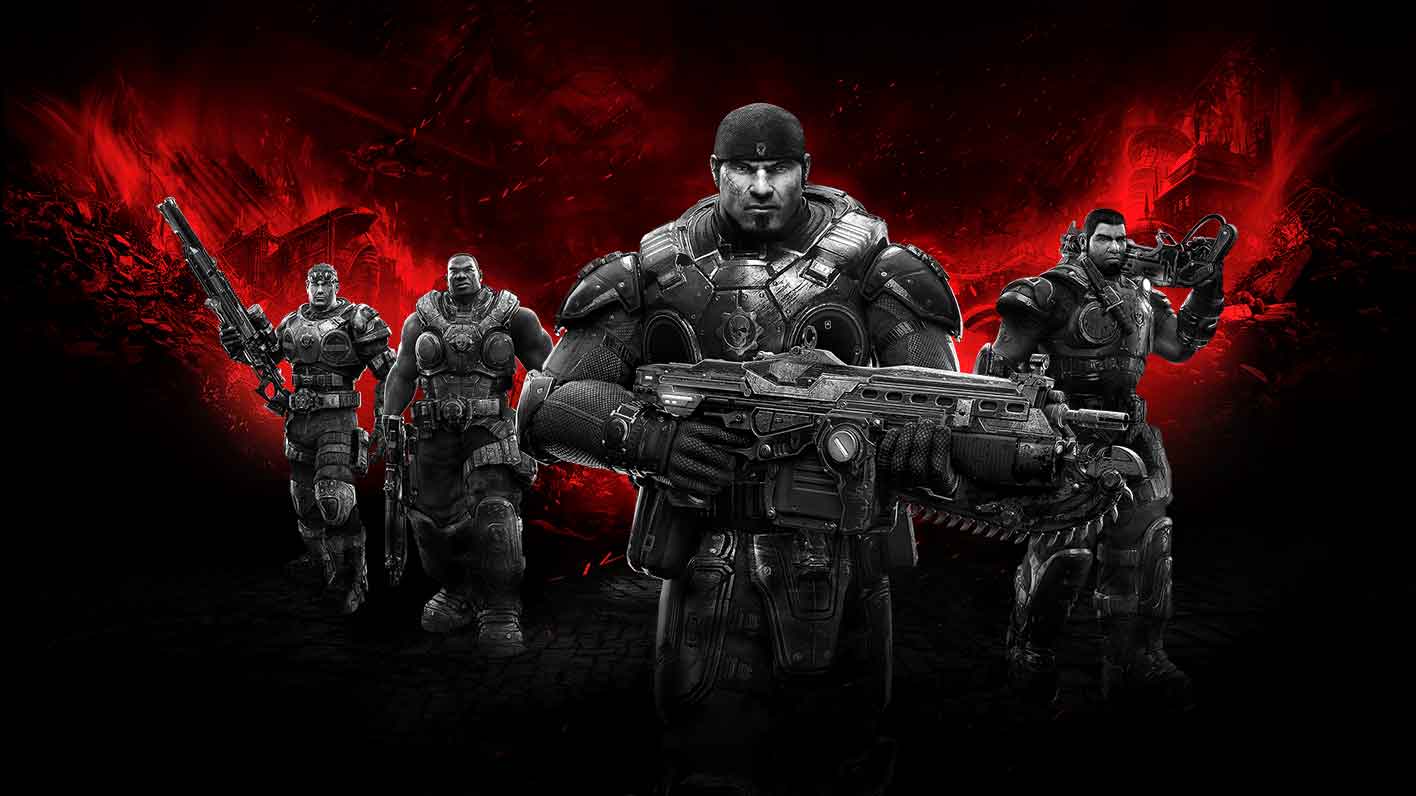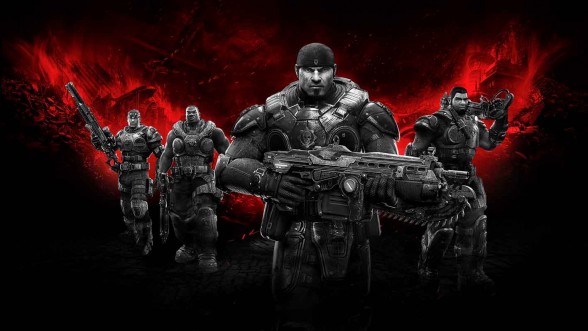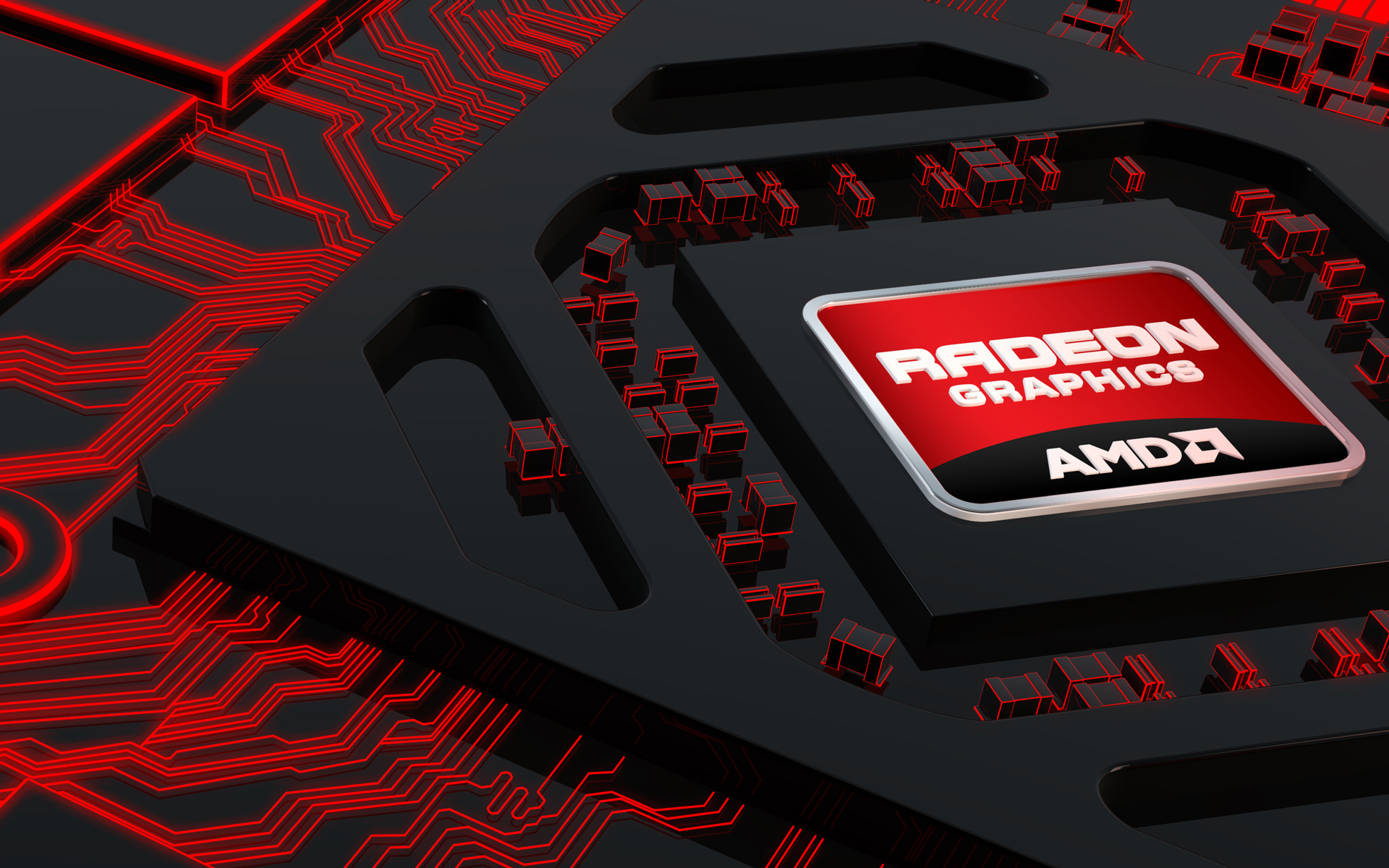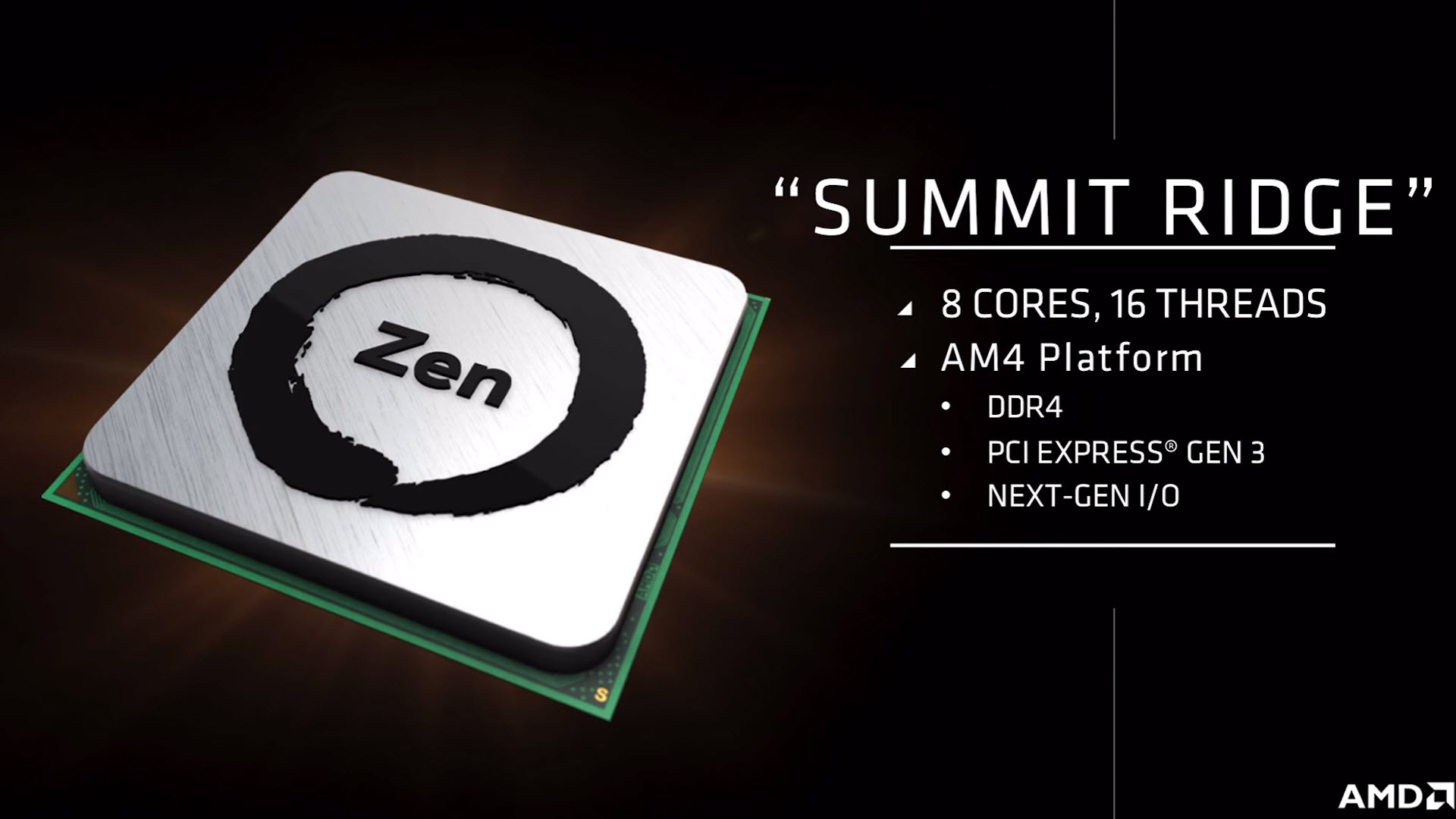Reports from many major outlets have released today with information detailing the performance of the newly launched Gears of War Ultimate Edition for Windows 10. While we haven’t had the opportunity to test the title for ourselves, it does appear that the title faces various performance and technical issues for many different hardware configurations. Most notably, the game seems to be completely unplayable on a wide variety of AMD graphics cards including the top of the line Radeon R9 Fury X, R9 Fury and R9 Nano.
Forbes writer Jason Evangelho has detailed his experiences with the title running on a more than capable Intel Core i5 6400 CPU and the R9 Fury X, even publishing a video of the benchmark run, which appears to be a stuttery mess.
These issues seem to impact users of Radeon cards based on GCN 1.1 and 1.2 such as the Fury and Nano cards, as well as the R9 380 and 380X while GCN 1.0 based cards such as the R9 390X and R7 370 seem to run smoothly.
The Coalition’s Community Director for Gears of War recently posted thread on the game’s community forums which acknowledges these and other issues.
AMD is an important partner bringing the promise of DirectX 12 to life for gamers everywhere. We are working closely with them to address a few issues encountered in Gears of War: Ultimate Edition for Windows 10 on AMD cards using GCN 1.1/GCN 1.2, and expect they will be addressed quickly in an upcoming update. We highly recommend those on GCN 1.1/1.2 cards to play on 1920×1080 resolutions or lower until the update. Please visit AMD support pages for the latest on AMD drivers and software.
It does appear as though the title’s issues are not limited to users running AMD hardware as the game also does not currently support NVIDIA’s G-Sync variable refresh rate technology.
G-Sync™ is not supported by Gears of War: Ultimate Edition for Windows 10. Running the Game with G-Sync™ enabled will cause significant performance issues. If you are using a G-Sync™ enabled monitor, you should disable it from the NVIDIA Control Panel. Alternatively, you can set Lock Framerate to OFF in the Video settings. The issue is being investigated together with our partners at NVIDIA and a driver update will be available in the future to address this. Please visit NVIDIA support pages for the latest on NVIDIA drivers and software.
We’ll be following this one closely and will update as we have more information.






